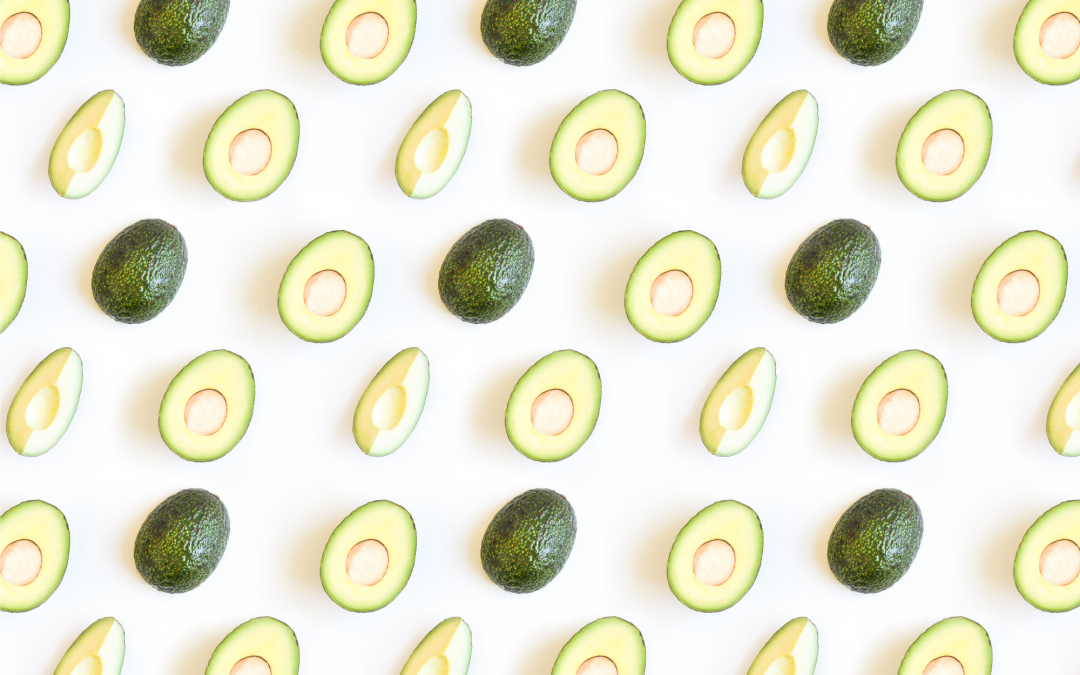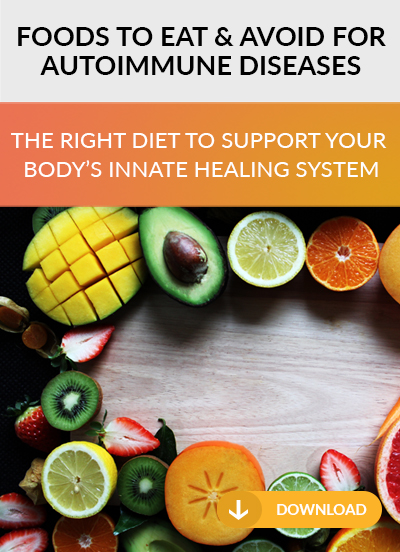When following a high-fat, very-low-carb ketogenic (keto) diet, it’s important to remember that not all fats are created equal.
Some sources of fat are better for you than others, and it’s critical that you fill your plate with the most wholesome options to successfully reach your health goals.
Here are 14 healthy sources of fat to enjoy on the keto diet.
1. Avocados and avocado oil
Avocados are not only an excellent source of heart-healthy fats but also provide a hefty dose of fiber and essential vitamins and minerals (1)
Research suggests that avocados and their oil may support heart health, balanced blood sugar, and healthy aging (2)
Enjoy avocado by itself, use it to make guacamole, or add it to smoothies and salads to boost fat and nutrient content. Drizzle avocado oil on grilled or steamed veggies or use it to make salad dressings and other keto-friendly sauces.
2. Nuts
Including different kinds of nuts in your diet is a great way to boost your intake Additionally, a higher intake of nuts is associated with a reduced risk of heart disease and deaths associated with cancer, diabetes, and respiratory illnesses.
Nuts differ in their nutrient composition, so eating a variety of your favorites will help you get the most benefits. Pistachios, walnuts, almonds, pecans, cashews, and Brazil nuts are all great options for low-carb, high-fat diets like keto.
Carry mixed nuts to snack on, sprinkle them on your salads and soups, or make a nut-based spread like walnut pesto.
3. Nut and seed butters
Nut and seed butters offer the same benefits as eating whole nuts and seeds — but in a more versatile package.
Spread sunflower butter over keto crackers or use almond butter as a dip for low-carb vegetables.
Add your favorite nut butter to smoothies or use it as a base for making energy bites. You can even include nut butters in sauces and marinades for fish or veggie noodles.
You can make your own nut and seed butters if you want, but if you’re planning on using store-bought versions, be sure to read the ingredient label. Some varieties contain added sweeteners that could make them inappropriate for a keto diet.
4. Flax seeds
Flax seeds are an excellent source of anti-inflammatory omega-3 fats, fiber, and health-promoting plant compounds.
One-quarter cup (42 grams) of flax seeds provides 11 grams of fiber, 7 grams Research indicates that flax seeds and their oil may help prevent heart Add ground flax seeds to smoothies or sprinkle them on salads, soups, or a keto yogurt parfait. You can also incorporate whole or ground flax seeds into your favorite recipes for keto-friendly crackers, muffins, and pancakes.
5. Hemp hearts
Hemp hearts, or seeds, are another great, nutrient-dense option for boosting fat intake on the ketogenic diet.
Three tablespoons (30 grams) of hemp hearts provide 15 grams of fat, making them a perfect choice for high-fat diets (8)
They’re one of very few complete plant-based protein sources that contain all nine essential amino acids. Plus, they pack a variety of vitamins and minerals, including vitamin E, calcium, iron, and potassium (8)
Hemp hearts have a mild flavor and a texture similar to sesame seeds, so they’re easy to mix into a variety of foods without changing the flavor profile much.
Sprinkle them on top of yogurt, salads, and roasted vegetables, blend them into smoothies and soups, or incorporate them into energy bites. You can also add them to sauces and dressings.
6. Chia seeds
Chia seeds are rich in healthy fats and fiber, making them a perfect candidate for a keto diet.
In just 1 tablespoon (15 grams) of chia seeds, you get 4 grams of fat, mostly omega-3s, as well as 4 grams of fiber, which is about 16% of the Daily Value These seeds also contain a variety of plant compounds, including quercetin and kaempferol, that may reduce inflammation and prevent chronic conditions, such as cancer, heart disease, and diabetes (10)
Additionally, chia seeds have a unique ability to absorb water. When soaked in a liquid for a few hours, they become very gelatinous. In this form, they can be used to make chia pudding or to thicken sauces and dressings.
Like other seeds, chia can be blended into smoothies or stirred into yogurt, soups, and salads. You can also use them to make keto-style crackers or as a breading for baked fish, chicken, or pork.
7. Olives and cold-pressed olive oil
The benefits of olives and olive oil have been researched for decades, and it’s no coincidence that they’re frequently included in many of the world’s healthiest diets.
Olives are not only loaded with heart-healthy fats but also contain vitamin E and various plant compounds known to reduce inflammation and your risk of chronic conditions like heart disease, cancer, and osteoporosis.
Olives make for a convenient and portable snack but are also great tossed into salads or eaten as part of antipasti. For an extra boost of flavor stuff the olives with garlic, pimentos, or gorgonzola cheese.
Purée whole olives with olive oil, anchovies, and capers to make a tapenade to add fat, flavor, and moisture to veggie sandwich wraps.
Cold-pressed extra virgin olive oil can be drizzled over grilled or lightly sautéed veggies to boost fat content or use it as a base for a dressing or marinade for roasted meats, vegetables, or fresh salad.
8. Coconuts and unrefined coconut oil
Coconuts and coconut oil are popular keto fat sources because they offer a natural source of medium-chain triglycerides (MCTs), a type of fat that your body can easily absorb and use.
Research suggests that MCTs may ease your transition into ketosis, a state in which your body burns fats for fuel rather than glucose (13
What’s more, MCTs are more likely to be burned as energy and less likely to be stored as fat, which may aid weight loss.
Add unsweetened coconut flakes to homemade trail mix or smoothies. Use full-fat coconut milk to make curried meats or roast vegetables in coconut oil. For an island-style flavor, try sautéed cauliflower rice in coconut oil and fresh lime juice.
9. Cacao nibs
If you think chocolate doesn’t belong in your keto diet, think again.
Cacao nibs are a form of unsweetened, unprocessed raw chocolate. Just 1 ounce (28 grams) provides about 12 grams of fat and a whopping 9 grams of fiber.
Dark chocolate is also well known for its rich supply of polyphenols, which are plant compounds with strong anti-inflammatory effects that may encourage the growth of healthy gut bacteria.
Add cacao nibs to homemade smoothies, energy bites, or trail mix. If you have a sweet tooth, make keto hot chocolate by melting cacao nibs in unsweetened coconut milk on the stovetop. Then mix in your favorite keto-friendly sweetener, such as stevia or monk fruit.
10. Fatty fish
Fatty fish like salmon, tuna, anchovies, and sardines are great additions to a healthy ketogenic diet.
They’re rich in high-quality protein and heart-healthy omega-3 fats. Certain types like salmon also provide a substantial dose of vitamin D, a nutrient critical for immune function, bone health, and more.
Bake or grill a filet of wild-caught, fatty fish to serve over a salad or alongside roasted vegetables. You can also use your favorite canned fish mixed with mayonnaise, herbs, and spices to stuff lettuce wraps, avocado, or celery sticks.
11. Whole eggs
Eggs are as nutritious as they are versatile, making them an easy addition to a ketogenic diet.
A single 56-gram egg packs about 5 grams of fat, 7 grams of protein, and 80 calories (19)
Make sure to eat the whole egg, as the yolk is rich in B vitamins and the potent antioxidants lutein and zeaxanthin, which support eye health (20
Hard-boil a batch of eggs to have as snacks throughout the week or add a little mayonnaise and turn them into egg salad. Make a scramble loaded with low-carb veggies or have poached eggs with sliced avocado and tomato.
12. Butter
Butter is perfect for your keto lifestyle, as it’s carb-free and about 80% fat.
Though it was long considered a menace to heart health, current research indicates that there is only a small or neutral association between butter intake and heart disease and stroke risk (22)
Butter also happens to be one of the richest food sources of butyrate. Early research suggests that this type of short-chain fat may play a significant role in promoting brain health (23)
Some research indicates that organic butter from grass-fed cows may have a slightly more favorable composition of fats than butter from conventionally raised cows, but whichever you choose, make sure it’s of high quality (24
Roast or sauté vegetables in butter or spread it on keto-friendly muffins, waffles, or pancakes. Rub butter over a whole chicken before roasting to achieve perfectly crispy skin.
Enjoy slices of cheese with fresh veggie sticks or melt it over roasted or steamed vegetables. Try adding shredded cheese to salads or grilled meats or use it to make keto mushroom pizza sliders.
Fats to limit on keto
Though fat makes up the majority of the calories on a ketogenic diet, not all sources of fat are good for your health — even if they fit into the macronutrient distribution of your diet plan.
Artificial trans fats
Artificially produced trans fats are known for significantly increasing heart disease risk and should be avoided, regardless of the type of diet you’re following.
Trans fats are frequently found in highly refined oils and commercially prepared processed foods, such as cakes, cookies, pastries, biscuits, crackers, and other ultra-processed snacks.
Trans fats may be indicated on an ingredient label under the names “partially hydrogenated oils” or “shortening.” It’s best to avoid foods that contain these ingredients as much as possible.
Note that many countries, including the United States, have banned or restricted the use of artificial trans fats.
Still, according to the current regulation of the Food and Drug Administration (FDA), trans-fat-containing products manufactured before June 18, 2018 may be distributed until January 2020, or 2021 in some cases (270
What’s more, if a food provides less than 0.5 grams of trans fats per serving, it’s labeled as having 0 grams of trans fats (28)
Processed meats
Processed meats, such as deli meat, sausages, salami, hot dogs, and cured and smoked meats, are frequently advertised as keto friendly.
While these foods technically fit into a ketogenic diet plan, several studies have found an association between high intake of processed meats and an increased risk of cancers of the digestive tract (29)
Therefore, it’s best to keep your intake of these foods minimal. Instead, focus on eating whole, minimally processed foods as much as possible.
Fried foods
Deep-fried foods are included in some ketogenic diet plans, but you may want to think twice before adding them to yours.
Fried foods tend to be high in trans fats, which can increase your risk of heart disease (26)
Certain types of highly refined oils typically used for frying, such as corn oil, often contain small amounts of trans fats. As the oils are heated to very high temperatures, more trans fats may be produced (30)
Fried food absorbs large amounts of these fats, and frequent consumption could lead to detrimental health effects over time. Therefore, keep your intake of fried foods to a minimum to support your health while following a ketogenic diet.
Summary Certain
fat sources should be limited or avoided on a keto diet, as they may negatively
affect your health. These include processed meats, fried foods, and anything
containing artificial trans fats.
The bottom line
The ketogenic diet is centered around high-fat foods, but some sources of fat are healthier than others.
Fatty fish, avocados, coconut, olives, nuts, and seeds are a few examples of nutritious sources of healthy fats.
To best support your health on the keto diet, choose fats from nutrient-dense, whole foods and avoid those that come from ultra-processed oils, meats, and fried foods.



